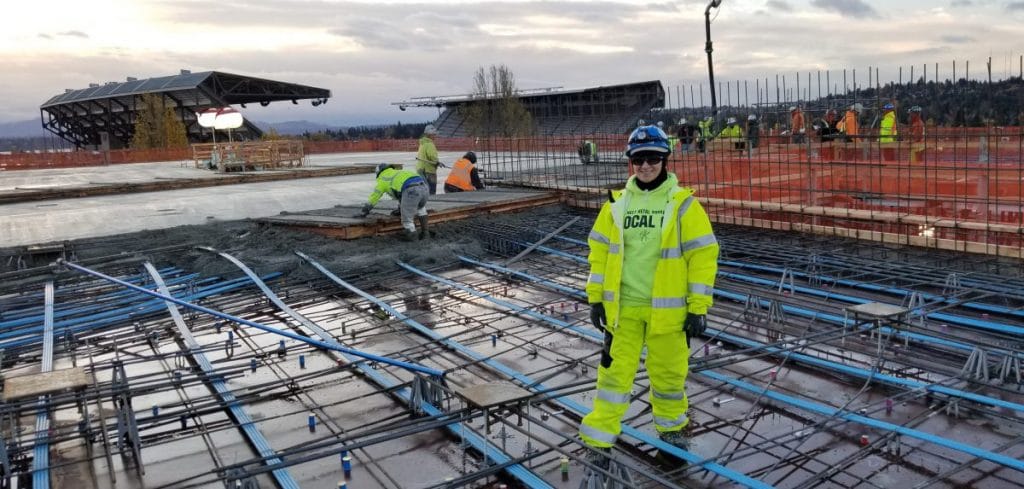
President Joe Biden signed a historic executive order on February 4 during a visit to Ironworkers Local 5 in Maryland, ensuring the policy of the federal government will be to use Project Labor Agreements (PLAs) for its large-scale construction projects (worth $35 million or more). According to a White House press release, this policy will promote the “economy and efficiency in Federal procurement.”
Before the executive order becomes mandatory, the Federal Acquisition Regulatory Council (FAR Council) must issue regulations implementing the order. The council has been tasked with issuing proposed rules within 120 days of the order, which would be June 4. Interested parties will be given the opportunity to comment on the proposed rules.
The FAR Council will then issue final rules based on the comments. A previous executive order, issued by President Obama and reinstated after the Trump Administration left office, remains in effect until the FAR Council regulations are final, but federal agencies are encouraged to comply with the new executive order in the meantime.
Once the order is mandatory, all contracts for construction performed for the federal government and its agencies costing $35 million or more must require all contractors and subcontractors to negotiate or become parties to a Project Labor Agreement. This includes not only prime contractors, but also all subcontractors selected to perform work as well.
Once the order is mandatory, all contracts for construction performed for the federal government and its agencies costing $35 million or more must require all contractors and subcontractors to negotiate or become parties to a Project Labor Agreement.
According to SMART General President Joseph Sellers, the executive order “will help ensure that our federal tax dollars spur middle-class job creation and directly benefit our communities, as well as both union and nonunion workers.” He added that “Project Labor Agreements are a tried-and-true way of building our nation’s infrastructure so that projects are completed on time and on budget and workers are paid good wages. When these agreements include provisions to utilize registered apprenticeship and pre-apprenticeship programs with strong diversity and inclusion language, they serve as gateways for local residents, women, people of color and transitioning veterans to gain access to a quality career.”
Sean McGarvey, president of North America’s Building Trades Unions (NABTU), noted that “many blue-chip companies such as Microsoft, Google, Toyota, Disney and others have recognized the value of using PLAs for their construction projects.”
Project Labor Agreements have been used for generations. They are community benefit agreements between building trade unions and contractors or the owner or developer of a property that is under construction or being redeveloped.
These agreements govern terms and conditions of employment for all craft workers — union and nonunion — on a construction project. They protect taxpayers by eliminating costly delays due to labor conflicts or shortages of skilled workers. They also help provide not only jobs, but new opportunities through access to career training in any one of the union construction trades.
Project Labor Agreements can be tailored to the community’s needs, the size and type of the proposed development and the end user’s expectations.
Related News
- Special Focus: SMART leaders fight for what matters — the members — at 2025 Leadership Conference
- Power in solidarity
- Fighting for what’s right
- What it means to be in SMART-TD
- Canadian Affairs Report: Committed to progress
- Committees meet to strengthen SMART, benefit members
- Member profile: Brother Bill Link retires after blazing trails on the rails
- GP Coleman discusses California high-speed rail project in video for members
- Naloxone cabinets available to SMART locals via SMOHIT
- General President Coleman, SMACNA President Martin host BE4ALL Town Hall in Cleveland